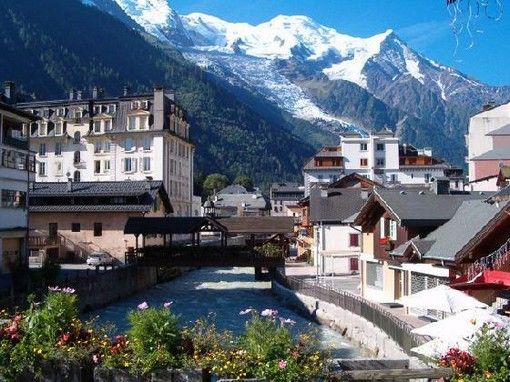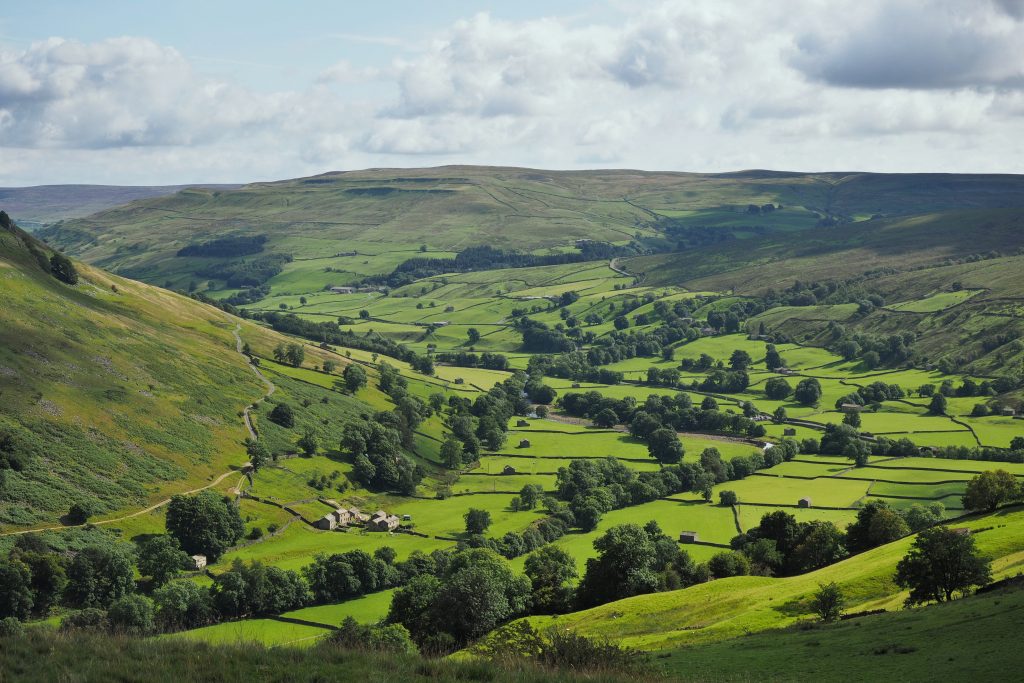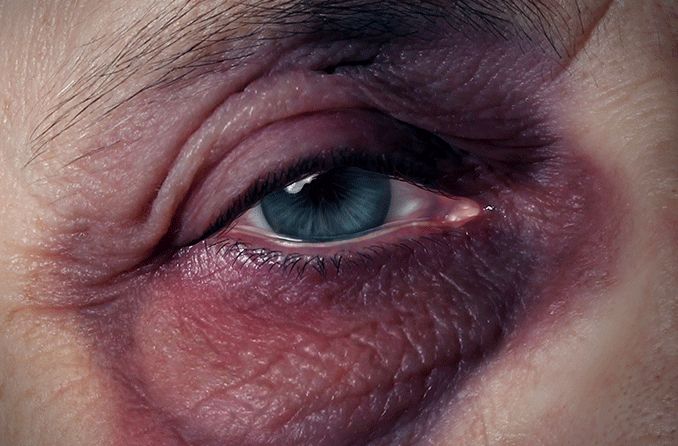Have you been planning to go on the biking trip of your life but not sure where to start? We’ve all been there.
However, to make the decision a wee-bit easier for you, here’s my bucket list of the top 10 places that I want to ride before I die, I’ll be adding more as time goes by but there’s enough of amazing to get going!
PROVENCE, FRANCE

A Provence bike tour will give you an incredible experience of cycling through perched villages, vineyards and orchards. In the blissful, slower pace of life in this region of Southern France, you will get to discover the Alpilles, sun drenched villages, hilltop towns and windswept countryside.
You will even get to cycle in the Les Baux, a limestone landscape dotted with caves which is said to be frequented by witches and goblins!!
What more, whenever tired you can make a stop to indulge in the classic provencal specialities such as fresh goat cheese, olives, lavender sachets and herbes de Provence and heavenly pastries.
The vibrant artist community of St. Remy filled with fountains, gardens, cherry cafes and tree lined boulevards is also a must visit.
BELGIUM

Also known as ‘bike crazy’, the home of cycling great Eddie Merckx, the passion that Belgium has for the sport of cycling is legendary. Perhaps no other country can offer clearly marked out, car free bike paths and routes extending throughout the country. The cycle networks are extremely well organized with facilities such as cycle friendly accommodation, bike hire schemes, cycling events, campsites and tourism for all centers. Maps and guides are also available on the networks. Apart from all this, to make it easy for you to navigate various signposts are also placed at regular distances.
Your experience of cycling around Belgium will definitely prove to be an unforgettable one as you will cycle from the flat lands and waterways of Flanders with the charming city of Brugge and Gent to the quiet rolling countryside of the Limburg and Brabant regions to the more tough hilly areas of the Adrenne forest in the south west where there are some steep hills to climb.
The Limburg region is particularly well organized for cycling and the local tourist board calls it ‘Cycling Paradise Limburg’.The cycle networks are organized according to the northern, Flemish speaking region of Flanders and the southern French speaking region of Wallonia.
Flanders is an area covered in history. It formed the Belgian section of the western front during World War 1. This beautiful place was rebuilt completely after the war. It is a stunningly preserved medieval city of narrow cobblestones street, steep gabled brick houses, lofty spires and meandering canals is most famous for its love of bikes. The Flanders Fields Museum, Trench of Death, The Menin Gate and the famous War Cemetries are a must visit if you are a war history lover.
Not just historical but Flanders also has immense cultural wealth that is visible through its buildings, its works of art and its festivals. Some of the popular music festivals organized throughout summer are Pukklepop, Rock Werchter, Maanrock, Marktrock, Sfinks, Werchter Classic, etc.
If you go around Flanders, your journey cannot be complete without going to its southern counterpart in Wallonia. The area is as rich culturally and historically as Flanders. The area is particularly famous for Masan Art, painting, architecture, music and cinema. The famous Ducasse de Mons festival is one of the UNESCO Masterpieces of the Oral and Intelligible Heritage of Humanity. Wallonia is also famous for a number of different foods and drinks, many of which are specialities of its certain cities and regions.
COUNTY CLARE

County Clare is the 7th largest traditional county located in the mid-west region of Ireland. Some of the attributes of this area of unspoiled natural beauty with a spectacular coastline include the hospitality of its people, the traditions of Irish music and Dance, colorful small shops and cozy pubs, traditional cottages and houses. It is believed that Ireland can be best explored from the vantage point of a bicycle seat!
County Clare has been voted in the Top Ten Cycling Routes list of The Lonely Planet. The numerous fantastic trails that County Clare offers make it the best destination for a cycling holiday. You would get to traverse the stunning Cliffs of Moher, historic castles, the Loop Head Peninsula, mountainous areas and shorelines. In August 2010, Co Clare also hosted the International Cycling event ‘The Sky Ride Etape Hibernia’ which was Ireland’s first closed road cycling event.
Doolin, the hub of the North Clare Network is considered the ideal location to explore the beauty of Clare. Doolin, a coastal village on the Atlantic coast is the main setting for the PlaysStation 3 game Folklore! The Doolin ring offers four cycle routes that vary in distance from 18 km to 47 km with many other shorter alternatives. A day trip taken in and around Doolin will offer the best combination of breathtaking scenery, country life and historical attractions in the west of Ireland.
Clondanagh Cottage is the counterpart to Doolin in the East Clare Network, another wonderful location for cyclists. Clondanagh Cottage claims to give you the essence of ‘the real Ireland’. There is an abundance of country roads and byways leading to beautiful lakes, rural villages, towns, castles and other historic areas. The cottage not only provides bicycles free of charge but also offer you free drinking water from their own spring wells! You can further cycle to Tulla and Feakle to enjoy the famous Irish traditional music.
The option of Electric Bike Hire is also available to make your experience an easier and comfortable one. Throughout the region there are numerous stop-off points along the cycle routes which provide excellent restaurants, pubs and other facilities and services.
FRENCH PYRENEES
 The French Pyrenees are perfect for you if you are planning an adventurous road cycling trip. The region where the world’s best cyclists choose to train offers challenging climbs and high speed descents on almost traffic free roads.
The French Pyrenees are perfect for you if you are planning an adventurous road cycling trip. The region where the world’s best cyclists choose to train offers challenging climbs and high speed descents on almost traffic free roads.
In fact you will find more cycles than cars in this region. Some of the famous cols of this region, ranging from 800m to 2100m are Col des Ares, Aspin, Portillion, Peyresourde, Tourmalet, etc.
These cols connect various beautiful valleys and high altitude lakes around the mountain foothills they offer a beautiful scenery as you cycle along a network of surfaced and well maintained roads.
Throughout the foothills there are many small villages, interesting architecture and historic places for you to explore.
SOUTH DOWNS NATIONAL PARK
 South Downs mountain biking trails are perhaps the most extensive ones stretching over hundreds of miles. The area has been declared an Area of Outstanding Beauty and is also home to the Queen Elizabeth Country Park, Friston Forest and the Stoughton Downhill trails. It has been nationally recognized for thousands of years for its beauty and the kind of space it offers to people to enjoy.
South Downs mountain biking trails are perhaps the most extensive ones stretching over hundreds of miles. The area has been declared an Area of Outstanding Beauty and is also home to the Queen Elizabeth Country Park, Friston Forest and the Stoughton Downhill trails. It has been nationally recognized for thousands of years for its beauty and the kind of space it offers to people to enjoy.
South Downs will give you the most challenging and limitless biking experiences as you ride along from Winchester to Eastbourne. It is a 100 mile (160 km) route with around 12,000 feet of ascent. From west to east the Down Hills become more pronounced.
The South Downs National Park is criss crossed by many scenic cycle routes both on-road and off-road for adults as well as children. While most of the trails are well marked, there are also a number of unmarked trails for enthusiasts to explore. While the South Downs way is a historic long distance footpath, there are miles of other paths and trails to be explored
Those looking for an easy going, fun cycle ride can explore Friston Forests, Stoughton and Devils Dyke forests that not only have well marked roads but are also family friendly and also offer food, drink and bike hire facilities. The shorter, flatter paths along the Cuckmere Valley floor are ideal for children and beginners.
The Stamner Park trails get more serious and challenging as one goes in and around the upper woods. These are the semi official, comparatively narrow and unmarked paths. Steying and Houghton Forest are also serious mountain biking trails which will suit the need of those looking for an adventurous challenging experience.
Another interesting fact to know is that the new South Downs parts added an electric bike network in June 2012. There is a network of Hire Points in Alic Holt Forest where one can hire e-bikes and ride along quiet lands and at road trails. Charge points are also located strategically at pubs, tea rooms and visitor attractions.
South Downs is also an area rich with historic and cultural sites and world famous scenery. The National Park has a lot of livestock, horse riders and stables. To mention facts, the National Park has 600 scheduled mountains, 165 conservative areas, 30 parks and gardens and also 2 registered battlefields!!
Apart from this, there is also a great deal of excellent Cycling Route information (covering road, mountain biking and family friendly paths and trails) on the dedicated cycling pages at the three Country Councils that the South Downs National Park covers.
THE FRENCH ALPS

No points for guessing why the biggest of all cycling events, the Tour de France is conducted in the French Alps. The Alps are said to give one the best, most adventurous and challenging biking experience ever. Thanks to the event, this place has become the Mecca for all bike lovers.
However the difficult terrain is not just exclusively available to the world’s best cyclists but is open for all. You yourself can go and explore the Alps, following the footsteps of some of the greatest cyclists.
The Alps offer numerous climbs to tackle whether you are a new enthusiast or a professional practitioner of the sport. The cycling season in the Alps runs from the middle of April to the middle of October for areas below 1500m and from the middle of May to the end of September for higher areas.
The five ‘must ride’ climbs of the Alps include Alpe d’ Huez, Col du Galibier, Col du Telegraphe, Col d’ Lzoard and Col de la Madeleine.
YORSHIRE DALES

Yorkshire Dales is an upland area of the Pennines in Northern England. The area that was voted as number 2 in Cycling Weekly’s Top Places to Ride in UK is the paradise for bike riders. It has also been designated as a National Park and an Area of Outstanding Beauty. It is no surprise that the Yorkshire Dales formed the central part of stage 1 of the famous Tour De France last year and still have a lot more to offer.
This beautiful place is a perfect combination of nature and history. You will get to explore a variety of surfaces and landscapes that give the most amazing cycling experiences. The beautiful surroundings also give a treat to your eyes along with a rich sense of fascinating history of the area.
It is interesting to note that while riding in the Yorkshire Dales you will be following the historic Roman and Monastic trade routes as well as the footsteps of world famous riders who cycled here in 2014.
The 900 km stretch of legal riding offers a range of surfaces from gentle routes to challenging climbs such as the wide stone tracks, heather moorlands, paths over limestone grasslands and valley pastures. Some of the famous climbs of the area are Buttertubs Pass, Kidstones, Grinton Moor, Fleet Moss, Park Rash, The Stang, etc.
Many top riders choose to train on the quiet roads through the countryside in the beautiful landscape. Moreover the place which has always been famous for Mountain Biking offers a lot of assistance to make your experience at the Yorkshire Dales an ideal one. There are places from where you can hire a quality bike as well as places to stay in case you are looking for a campsite. Trained Professionals are also available to give you advice, take you on a guided tour as well as to help you improve your skills. Whenever you decide to take a break from cycling, you must visit the extensive cave systems that are open to public tours.
No other place perhaps can offer an experience as comprehensive as the Yorkshire Dales. In fact not just bike lovers but the tourists and sightseers who visit the area can also opt for cycling around rather than going for a private or public mode of transport that would harm the natural surroundings. There is no better way than cycling through the countryside, getting a hang of history and natural beauty in the most sustainable manner.
LANZAROTE

The best time to visit Lanzarote is from September to May. The place has ideal conditions for road cycling: smooth roads, low traffic density and mild climate.
Cycling around the islands is a great way to enjoy the landscape as well as keeping fit. Some of the steep climbs of the region are particularly suited for endurance training.
Some of the most challenging climbs of the area include Ironman course, Femes and Puerto de Carmen to Orzola via Costa Teguise. Lanzarate has 6 mountain biking routes with a varying degree of difficulty and terrain.
The network has been designed so that a rider is able to complete it in a week’s holiday, staying in a different location each night! Bike hire facilities are also easily available giving you a range of bikes to choose from including professional carbon road bikes.
ITALIAN DOLOMITES

The Dolomites are believed to be the best cycling region of the Alps. This area has so many ascents and descents to offer that the chances of passing through the same route twice are negligible.
The series of spectacular mountain passes alternating with lush valleys will give you an exhilarating biking experience combined with sightseeing as you set to explore the small hamlets set between the valleys.
The Dolomite mountains offer limitless excursions for people of all ages and abilities, from short rides on the flats through towns to up and down over steep mountains. Cycling through the Dolomites you can uncover the colorful history and culture of Italy.
You can stop for a break at the ‘bike friendly’ hotels, enjoy the hearty South Typolean meals and taste the wonderful regional wines such as Largin and Vernatsch.
PICOS DE EUROPA

Standing over 8000 feet high, the Picos offer a challenging yet delightful cycle routes. The deep sided gorges that lead into the Picos make a beautiful scenery.
An abundance of wildlife can be spotted in their natural habitats as you go along the routes that take you into the foothills of the Sierra de Cuera mountains, green rolling hills and the odd eucalyptus forest. There are also a plenty of options for food, hotels and campsites along the way.
The medival village of Santillana del Mar is a major highlight. It has cobbled streets, ancient stone houses and artisans’ shops clustered around many town squares and courtyards.
You can also halt for a camp in Camillas, a place 10 miles west of Santillana, situated right on a cliff top.




